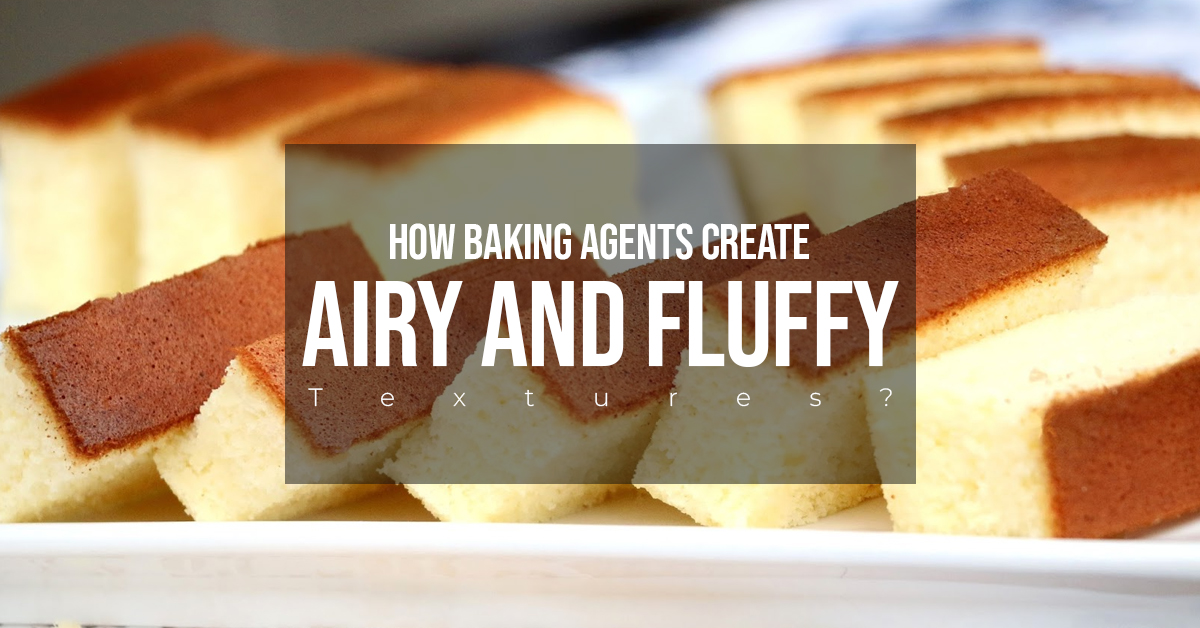Baking is an art and science simultaneously, as it requires the perfect balance of creativity and understanding of the chemical reactions between the ingredients. The baker must comprehend the techniques and science in the ingredients, which is one of the crucial factors in baking to bring out the delightful texture in the baked products. These ingredients infuse air and fluffiness into baked products such as pastries, cakes, and bread. Hence, this blog curated from Zeroin Cake Classes in Chennai, which explores how baking agents create airy and fluffy textures to transform simple baking into a masterpiece.
Leavening Agents
At the heart of creating airy textures in baked goods are leavening agents. These agents are crucial in expanding the batter or dough by releasing gases, causing it to rise. The most common leavening agents include baking powder, baking soda, and yeast.
Baking Powder:
It is a blend of acid (tartar cream) and a base (usually baking soda). The baking powder releases carbon dioxide gas when it comes into contact with heat and liquid. This reaction lifts the batter, resulting in a light and fluffy texture.
Baking Soda:
This alkaline compound requires an acidic ingredient in the recipe, such as buttermilk or yogurt, to create the chemical reaction that produces carbon dioxide gas. Baking soda is often used in recipes with an acidic element already present.
Yeast:
A living organism, yeast gets fermented in the dough, releasing sugar and leaving carbon dioxide byproduct. Hence, the released gas gets trapped in the gluten network, causing the dough to rise. Yeast is essential in bread-making, contributing to the characteristic airy structure.
The Science Of Texture:
Achieving a fluffy texture in baked goods is not just about introducing gasses; it’s also about controlling their movement within the dough or batter. Gluten, a protein formed when flour and water combine, is vital in trapping these gases.
Gluten Formation:
When water is added to flour, two proteins—gliadin and glutenin—combine to form gluten. The strength and elasticity of gluten contribute to the final product’s structure.
Gas Entrapment:
During the rising process, the leavening agents release gasses. The gluten network acts like a scaffold, trapping these gases and preventing them from escaping. This results in the desired light and airy texture.
The Importance Of Ratios & Techniques
Achieving the perfect airy and fluffy texture requires a delicate balance between ingredients and techniques. The ratio of flour to leavening agents, the mixing method, and even the temperature of the ingredients can significantly impact the outcome.
Proper Measurement:
Accurate measuring of ingredients is crucial. Too much or too little of a particular element can reduce the balance and affect the texture.
Mixing Techniques:
Overmixing or undermixing can impact gluten formation and the distribution of leavening gases. Each recipe may call for specific mixing techniques to achieve the desired texture.
Temperature Control:
Ingredients like butter and eggs should be at the right temperature to ensure emulsification and aeration. Room-temperature ingredients blend more seamlessly, contributing to a uniform texture.
In the enchanting world of baking, achieving airy and fluffy textures is a symphony of ingredients, techniques, and science. Leavening agents, gluten formation, and the contributions of eggs all come together in a delicate dance to create the delightful textures we savor in our favorite baked treats. Aspiring bakers and culinary enthusiasts join our Zeroin Academy for baking classes in Chennai Velachery so that your creations take new heights by understanding the magic behind these essential elements.



